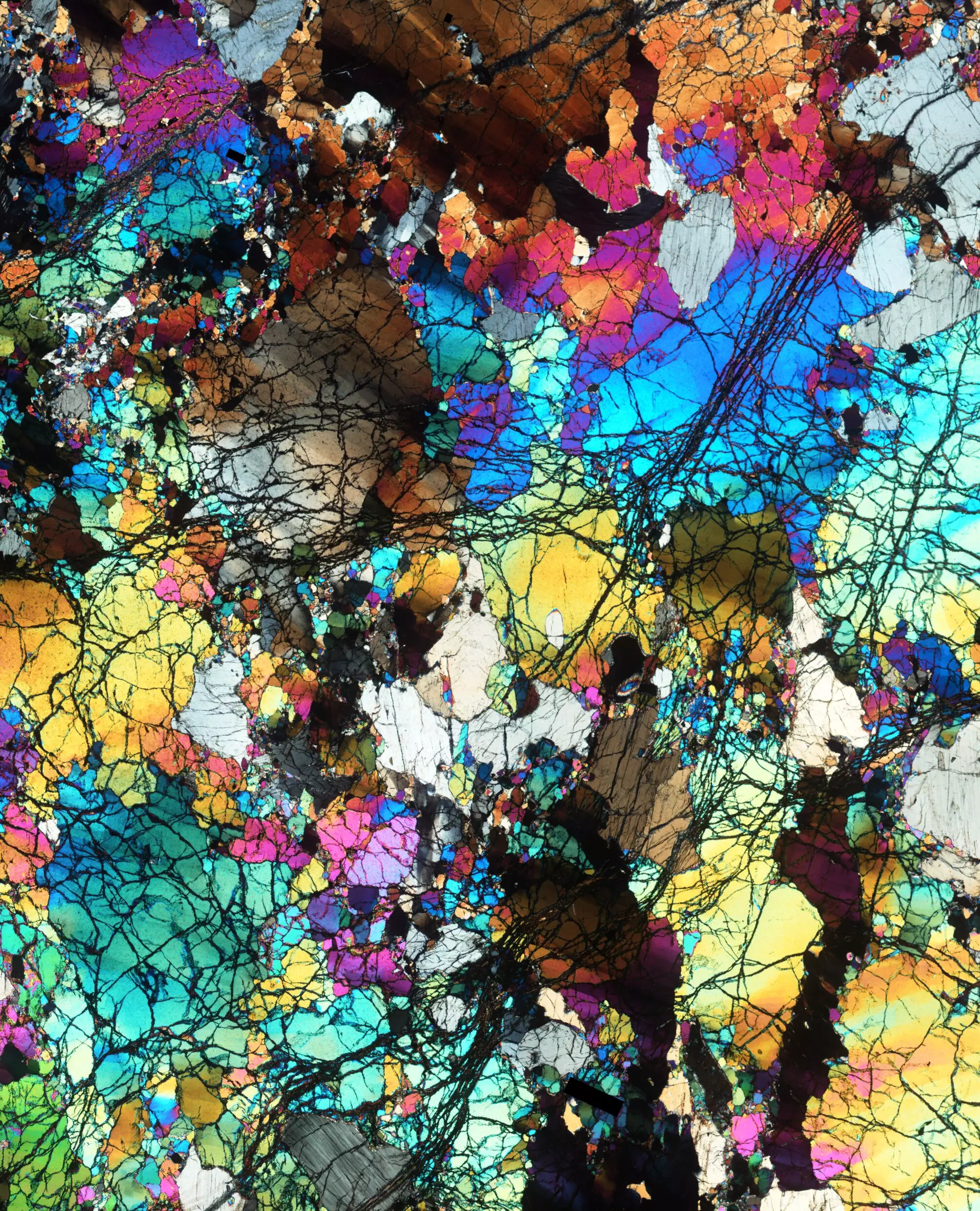In a groundbreaking investigation, researchers at the Smithsonian’s National Museum of Natural History have unveiled revelations about the Earth’s mantle—one of the planet’s most enigmatic layers. This research is pivotal, as it refines our comprehension of the mantle’s ancient chemical history and illuminates the conditions that fostered our planet’s ability to sustain life. By analyzing rocks that are at least 2.5 billion years old, the study challenges prevailing notions about shifts in the mantle’s oxidation state and offers a compelling narrative that traces back to the very origins of Earth.
Reassessing Geological Beliefs
Traditionally, scientific dialogue has revolved around the evolution of Earth’s mantle and the degree to which it has undergone changes over billions of years. The findings of this recent study, however, suggest a more static narrative. The mantle’s oxidation state—the measure of how much oxygen is present in the mantle material—has largely remained stable, disputing earlier hypotheses that accepted substantial transitions over geological timeframes. “Our findings are crucial in providing insight into how the Earth became the distinct habitat it is today,” asserts Elizabeth Cottrell, an eminent figure in the study and curator advocating for deep exploration into the planet’s origins.
Exploratory Methodology and Techniques
Central to this research were uniquely characterized rocks garnered from the ocean floors, noted for their distinct geochemical properties. These rocks exhibited signs of extreme melting, attributing to them an unusually low oxidation level. The researchers employed rigorous analytical techniques to explore these properties, with the assistance of advanced modeling to substantiate their theories regarding the ancient conditions of the mantle. The geological time frame in focus, the Archean Eon, poses a fascinating period when the Earth was significantly hotter than today, enabling such extensive melting to occur.
The team meticulously gathered specimens from two slow-spreading oceanic ridges— the Gakkel Ridge and the Southwest Indian Ridge—location factors compellingly accentuating the mantle’s unique chemical signatures while minimizing the influence of contemporary volcanic activity. This choice of sampling zones was strategic; it allowed for a clearer investigation of mantle properties divorced from more frequently impacted and unstable geological regions.
Findings that Challenge Current Understanding
The central finding posits that the ancient rocks analyzed maintain an oxidation level 10,000 times less than what we find in today’s mantle rocks, leading researchers to propose that these samples preserve a “geologic time capsule” quality of the Archean era. This discovery stands in stark contrast to the path proposed by earlier geologists, who attributed rising oxidation levels in modern mantle rocks to historical oxidation events. The breakthrough emphasizes that it is the cooling of Earth’s mantle over billions of years that explains the alteration in oxidation, rather than hypothesized oxidation events changing the fundamental chemistry of the mantle.
Furthermore, the research posits that since the Archean, less oxidized mantle rocks cannot be created under current conditions—the Earth’s slower thermal dynamics and cooler inner layers simply do not allow for such a phenomenon. This opens the door to further investigations into how the nature of Earth’s mantle has played a foundational role in the planet’s geological and, subsequently, biological evolution.
The Significance of This Research
These findings have broader implications beyond mere geological isotropy. Understanding the mantle’s oxidation dynamics contributes crucial pieces to the broader riddle of planetary formation and evolution. As Cottrell stated, “It’s all part of our story as humans.” Examining these age-old rocks not only fulfills scientific curiosity; it adds depth to our discussion about Earth’s unique conditions that favor liquid water—the lifeblood of all known life forms.
The collaboration across institutions, with a dedicated interdisciplinary effort including geologists, physicists, and other experts, underscores the importance of diverse expertise in resolving complex scientific questions. The initiative reflects a shared commitment to unraveling the mysteries of our planet, epitomizing a humanities-science nexus as researchers delve into themes of existence and the intricate web of life on Earth.
Future Directions of Research
The research team, encouraged by their initial findings, is poised to extend their inquiries into the geochemical processes that have historically shaped Archean mantle rocks. The ambitious endeavor requires simulating ancient conditions in laboratory settings, challenging scientists to mimic extraordinary pressures and temperatures reminiscent of those bygone eras. As they embark on this continued exploration, the researchers aim to refine our understanding of how the early Earth fostered geological processes that delineated the trajectory of life itself.
In an age where scientific understanding of our planet’s origins and evolution is increasingly paramount, the analysis of ancient mantle rocks offers both a bold new perspective and an invitation to further inquiry. This research not only serves as a keystone finding in the realm of Earth sciences but reiterates the mystery and intrigue that continue to pervade our understanding of this beautiful, complicated planet.


Leave a Reply